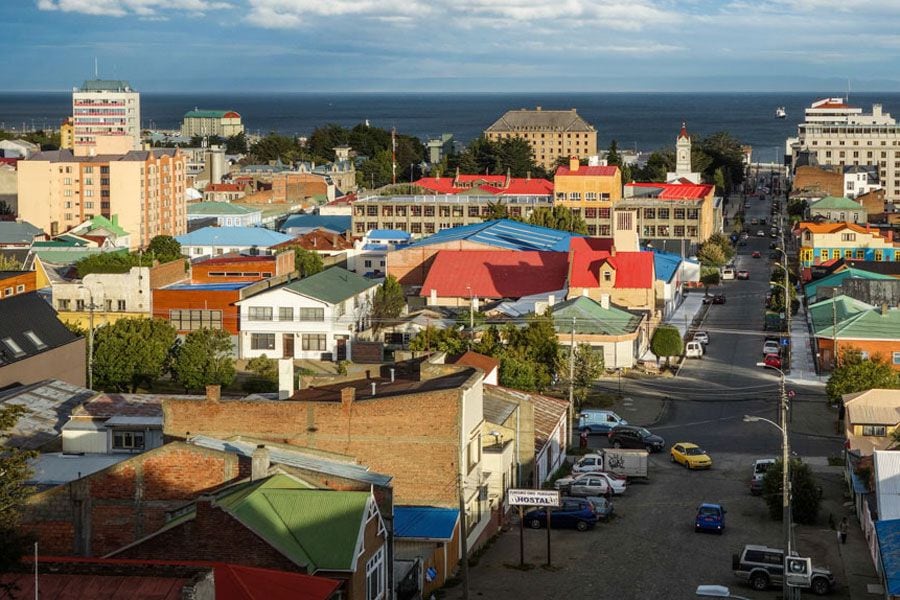
[ad_1]
Three out of 10 communes in the country appear better positioned in the Urban Quality of Life Index (Icvu) during the last decade, according to a study by the Institute of Urban and Territorial Studies of the U. Católica and the Chilean Chamber of Construction. The analysis, which measures various dimensions that affect how Chileans live, takes place in 99 communes with more than 50 thousand inhabitants, where 79% of the Chilean population lives.
In the report, of the total of 99 investigated communes, 30 present an improvement in their category over 10 years. That is, they went from being at a “low” level, in 2011, to a “medium-low”, “medium-high” or even a “high” range in 2020.
The transition from one rating to another occurs because they have a higher compliance rate in various dimensions, such as housing and surroundings, health and environment, socio-cultural conditions, business environment, working conditions, connectivity and mobility. There is no “grade” or percentage assigned to each commune. These are qualitative variables.
In the study, cities are divided into metropolitan (consolidated and emerging), intermediate and the Metropolitan Region. Thus, the largest number of communes that show a significant change in the index over time correspond to the “intermediate” ones (with around 150 thousand inhabitants), as is the case of Punta Arenas, Valdivia, Calama and Los Andes.
In Santiago, show a positive situation San Miguel and Macul. At a general level, 3,485,836 people reside in the 30 communes with the best indicators.
Arturo Orellana, director of the Icvu project and UC academic, explains that although there are good indicators at a general level, There is still great “inequality” at the national level, especially in the Metropolitan Region, where although some cities show a better quality of life, there are still gaps in terms of access to housing and contributions received by municipalities for investment, through the municipal common fund.
The study gives as an example that the communes with a high indicator have an annual investment, on average, of $ 357,700 per inhabitant, while zones with a low standard target $ 145,500 per person.
And at a general level, of the total of 99 communes in the measurement, the analysis indicates that 17 communes, where 2.8 million people live, are located in a “high” range in the index. Other 25 are at a “medium-high” level, where 4.2 million inhabitants live. Further, 18 zones are at “medium-low” level and 39 communes are at a “low” index. 6.7 million people live in both.

The mayor of Punta Arenas, Claudio Radonich, He explained that the commune has had a high investment in the last decade in various areas. Give as an example that they are being built 500 high-quality subsidized homes, in addition to another 500 that will begin construction in March, thus reducing the housing deficit.
He added that as for the Health, in the commune more than 90% of its inhabitants have coverage in primary care, to which are added new private health centers, such as clinics that have been installed in the city in recent years. “We also have a green areas master plan that has notably improved the quality of life in the neighborhoods,” he added.
The mayor of Valdivia, Omar Sabat, said that the commune has improved because “In recent years we have worked on initiatives to enhance, for example, connectivity and mobility of people.”
The communal chief highlighted the implementation of bike lanes and we have also promoted from this municipality “multisectoral actions that have managed to promote trade, tourism and activate the economic dynamism of the commune, such as rural tourism and entrepreneurship ”.
Juan Armando Vicuña, vice president of the Chilean Chamber of Construction (CChC), pointed out that the study “It has the virtue of putting on the table the issue of urban quality of life, of which little was said a decade ago. And, in addition, it helps to design public policies and to focus public and private resources to improve the living conditions of the people who live in the different communes of the country ”.